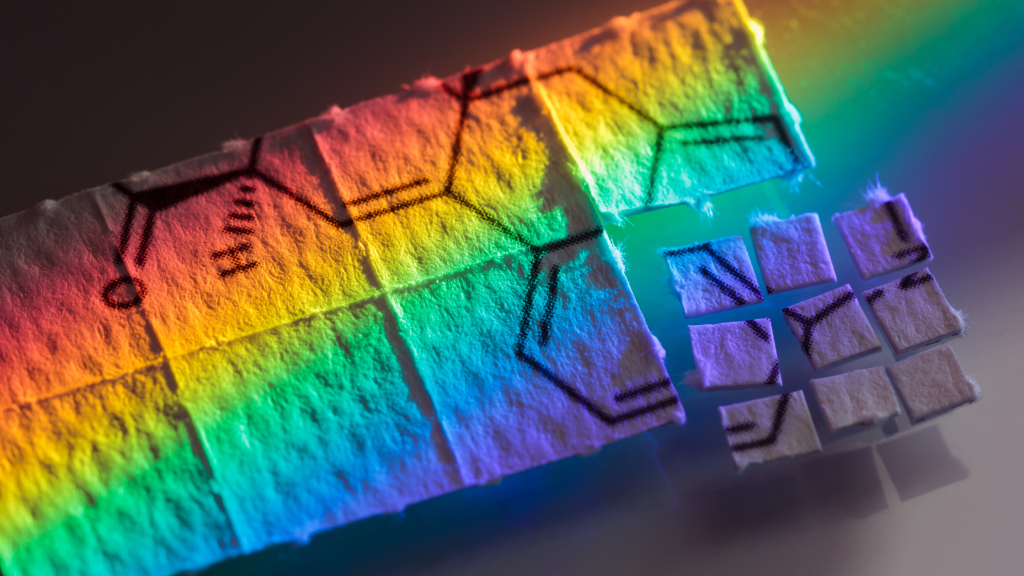The Unexpected Journey: The Discovery of MDMA

The discovery of MDMA, also known as ecstasy or molly, is a tale of serendipity that spans over a century. Originally synthesized in 1912 by the German pharmaceutical company Merck, the compound lay dormant for decades before resurfacing as a remarkable psychoactive substance. Let’s take a look at the fascinating journey of how MDMA was accidentally discovered, forgotten, and later resurrected to become a prominent figure in both therapeutic and recreational realms.
The Accidental Creation
MDMA’s story begins with the work of chemist Anton Kollisch at Merck in 1912. While exploring compounds related to adrenaline in the quest for new blood-clotting agents, Kollisch stumbled upon the synthesis of MDMA as a byproduct. However, Merck did not recognize the compound’s potential at the time, and it faded into obscurity, overshadowed by other developments in pharmaceutical research.
The Resurrection by Alexander Shulgin

Fast forward to the 1970s when the compound found a new champion in the form of American chemist Alexander Shulgin. Intrigued by the potential of previously overlooked psychoactive substances, Shulgin rediscovered MDMA during his explorations. His experiments with the compound revealed its unique psychoactive effects, and Shulgin recognized its potential applications in therapy. This serendipitous rediscovery marked the beginning of a new chapter for MDMA, as Shulgin’s work paved the way for further research and exploration of its properties.






